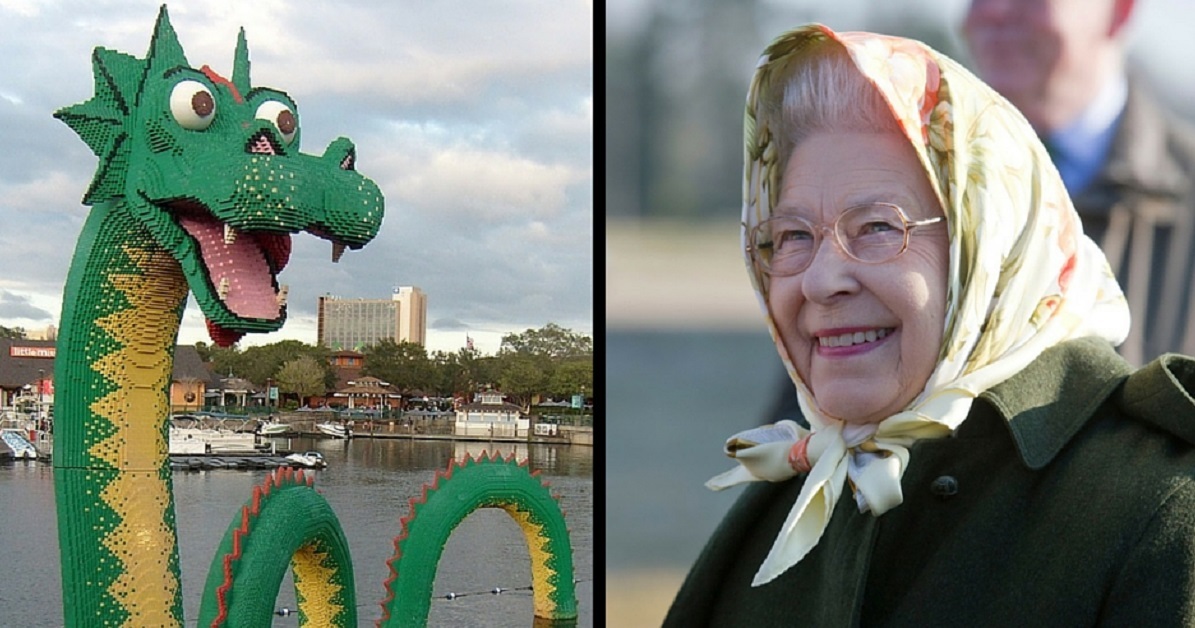
ONE was amused by the hunt for Nessie
The Queen’s interest in the search to find the Loch Ness Monster has been revealed in remarkable new documents.
Research into the first Nessie hunts half a century ago just 70 miles from Her Majesty’s Balmoral retreat has revealed the monarch was “very interested” in the hunt.
The Queen closely followed the efforts of war hero and naturalist Sir Peter Scott to launch the first scientific investigations into the possible existence of the creature.
Scott’s papers, unearthed from an archive at Cambridge University, even went as far as to suggest the beast if found should be named after the Queen.
He put forward the name “Elizabethia nessiae” as a possibility to the Palace.
Sir Peter, whose father was famed explorer Scott of the Antarctic, wrote to the Queen’s then assistant private secretary, Martin Charteris, in May 1960, revealing his plans to find Nessie.
In reply, Mr Charteris said it would be a “great day in the zoological world if it can be proved that a hitherto unknown animal exists”.

He wrote: “Her Majesty has seen your letter and was very interested in its contents.”
Mr Charteris, who served as a Royal adviser for nearly 30 years, said he would show the letter to the Duke of Edinburgh.
But he was far more cautious about directly linking the monster with the monarch.
“If there is any question of naming the animal after the Queen, there must of course be irrefutable evidence of its existence,” he wrote. “It would be most regrettable to connect Her Majesty in any way with something which ultimately turned out to be a hoax.
“Even if the animal does prove to exist I am not at all sure it will be appropriate to name it after Her Majesty since it has for many years been known as ‘The Monster’.”
The exchange was sparked by Nessie-hunter Tim Dinsdale.
He wrote to the Queen Mother inviting her to watch a film he captured of Nessie swimming across the loch.
Post-graduate researcher Zac Baynham-Herd discovered the documents.
A Buckingham Palace spokesman said: “Her Majesty has seen many things but there are currently no plans for an audience with the Loch Ness Monster.”
The papers were written at a time of growing speculation that the Loch Ness Monster was a plesiosaurus.

Enjoy the convenience of having The Sunday Post delivered as a digital ePaper straight to your smartphone, tablet or computer.
Subscribe for only £5.49 a month and enjoy all the benefits of the printed paper as a digital replica.
Subscribe